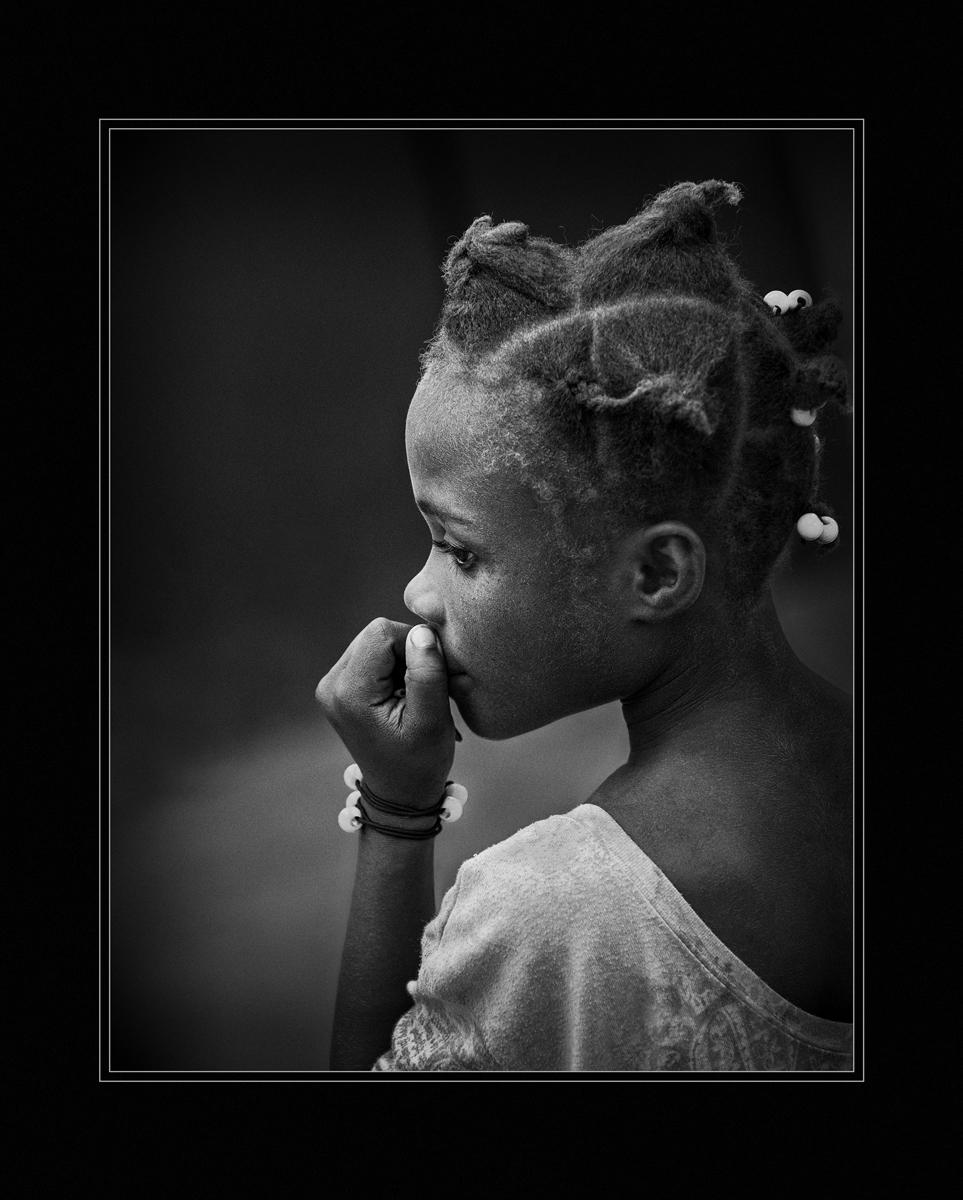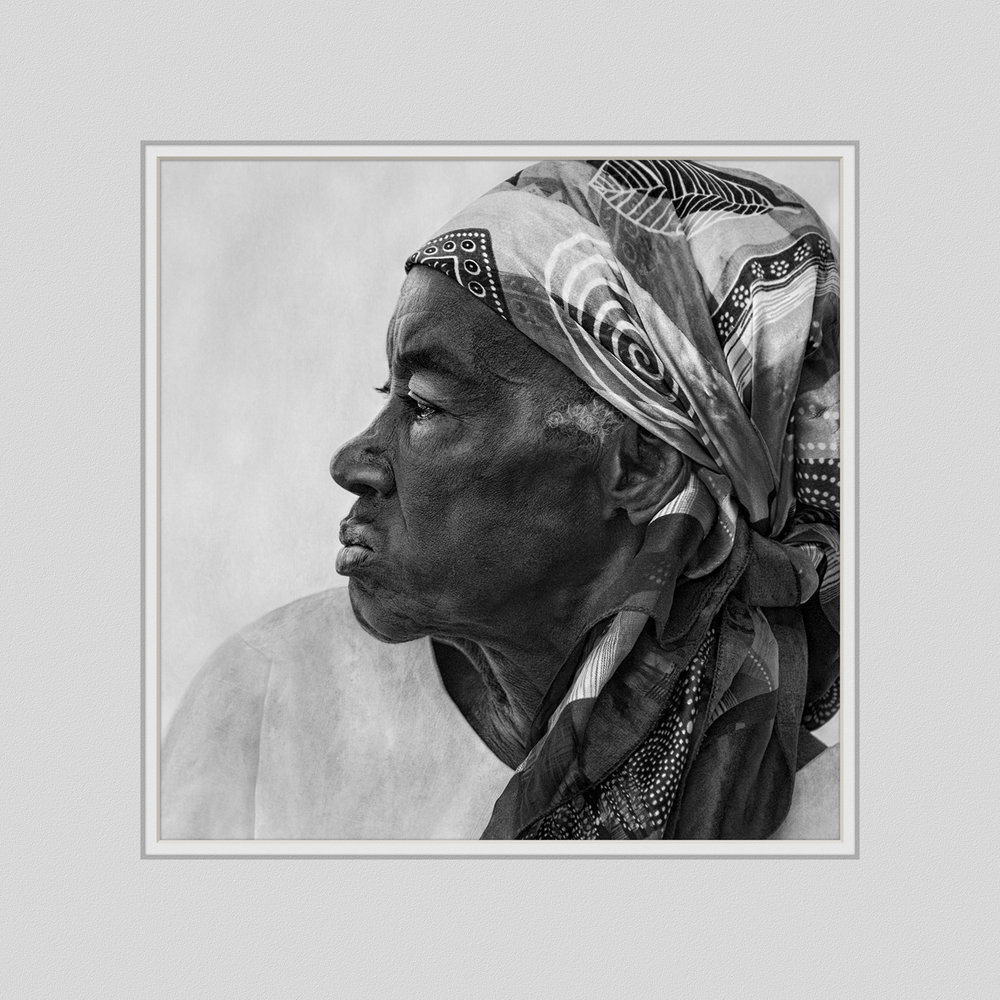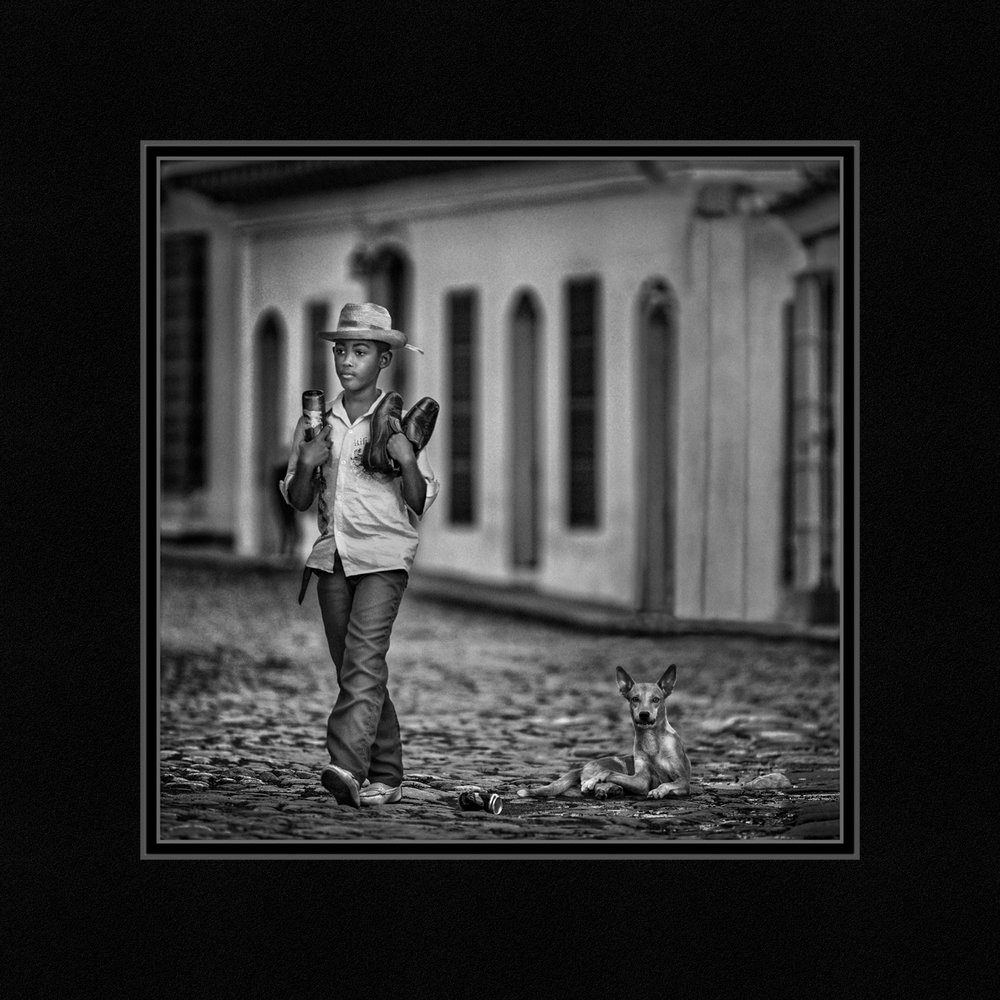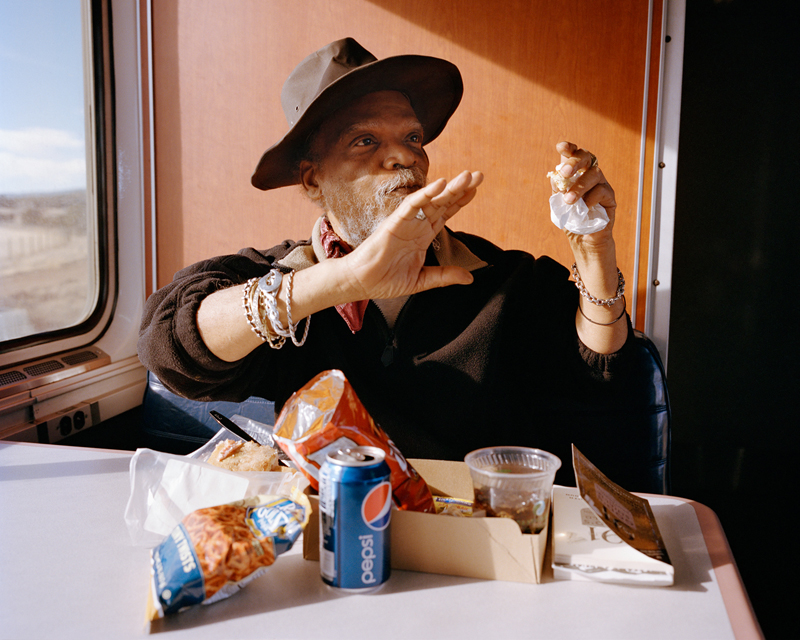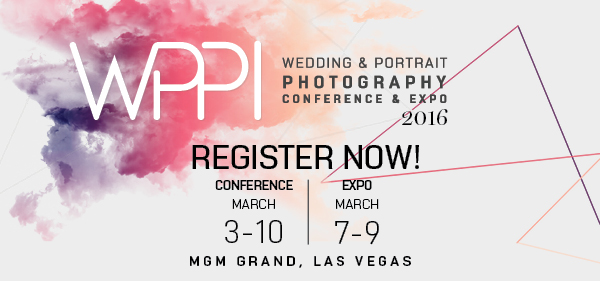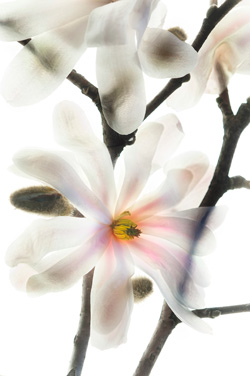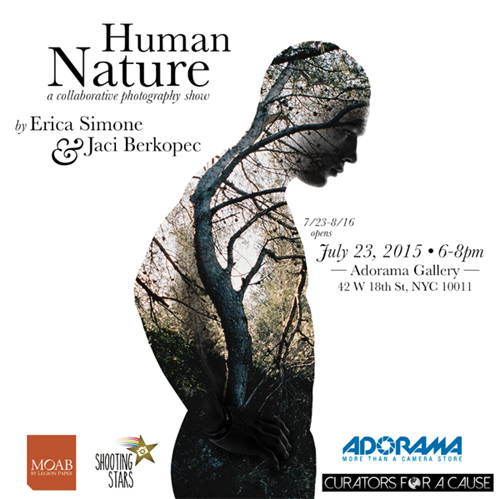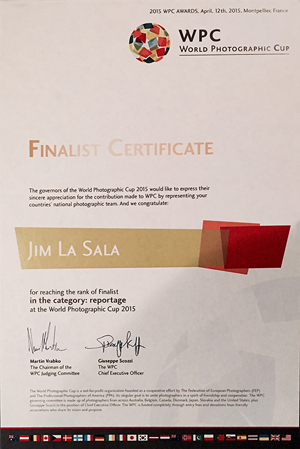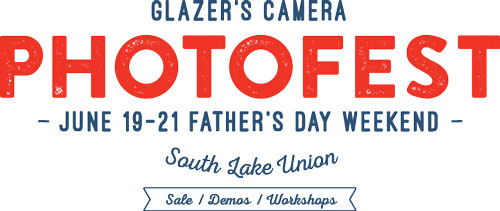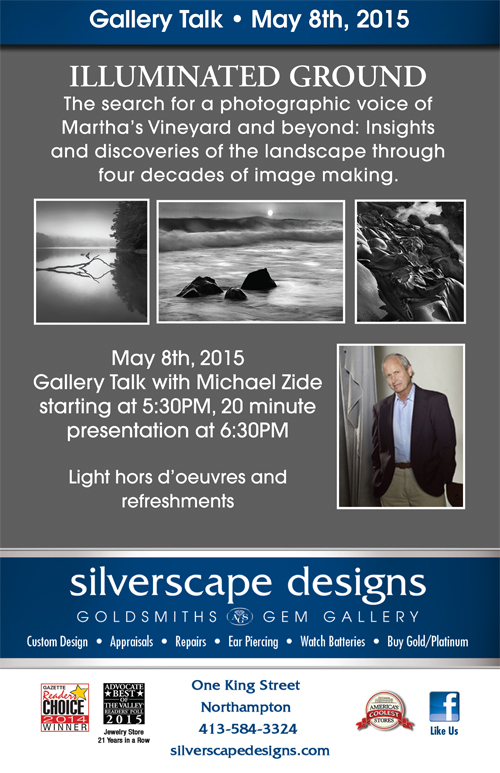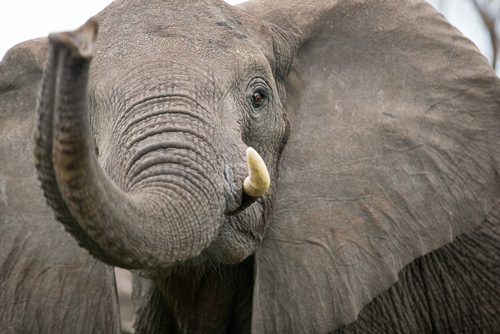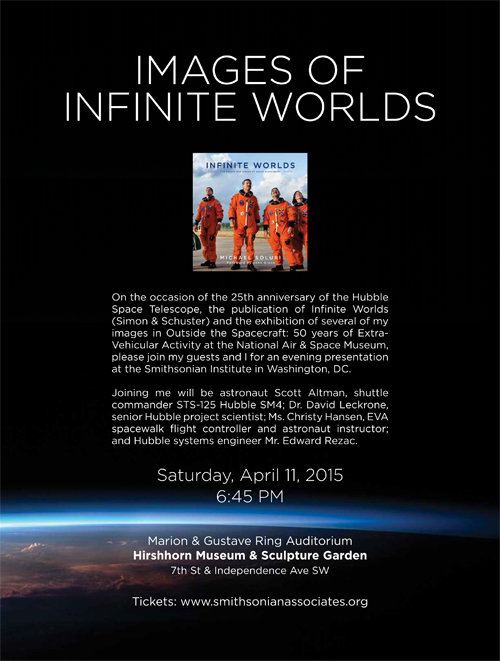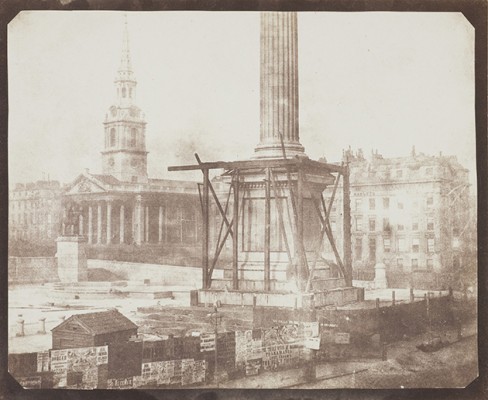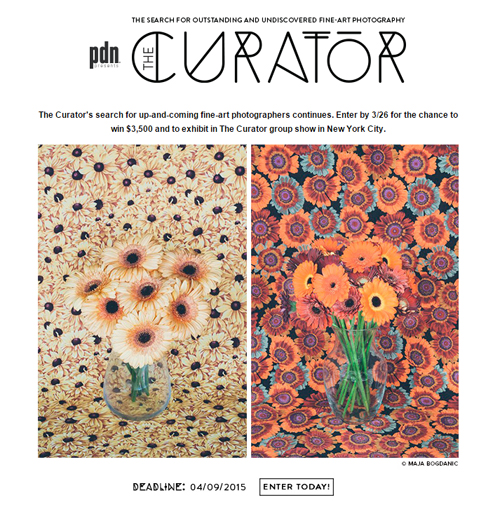The AIPP (Australian Institute of Professional Photography) Victorian State awards, is a favorite of Moab Master, Joshua Holko, because each category he enters is judged in print, not digitally. Joshua Holko is a professional landscape, nature and wildlife photographer specializing in the Polar and sub-Polar regions of the globe. His work celebrates the extreme latitudes of the Polar environment. He is a huge advocate of the print as the finished medium of choice for his own photography.
The AIPP National and State awards remain two of the few remaining competitions to actually judge the finished print and they do so using a panel of judges all deemed experts in their respective genres and accredited as Masters of Photography through their years of success in this arena.
Joshua Holko entered twelve prints spread across the Nature, Documentary and Landscape categories. He took first place overall in the Nature category, what he felt was his strongest point. He also took the Highest Scoring Print award for the Nature Category. As someone who is passionate about print, this was an incredible honor.
All of the prints were printed on Somerset Museum Rag, Joshua Holko’s go-to paper. “Museum Rag has a gorgeous, sensuous texture that is a delight for the senses. No other paper so beautifully captures all of the colour, detail and subtle tonalities that the natural world has to offer. I would not exhibit my work on any other paper."














